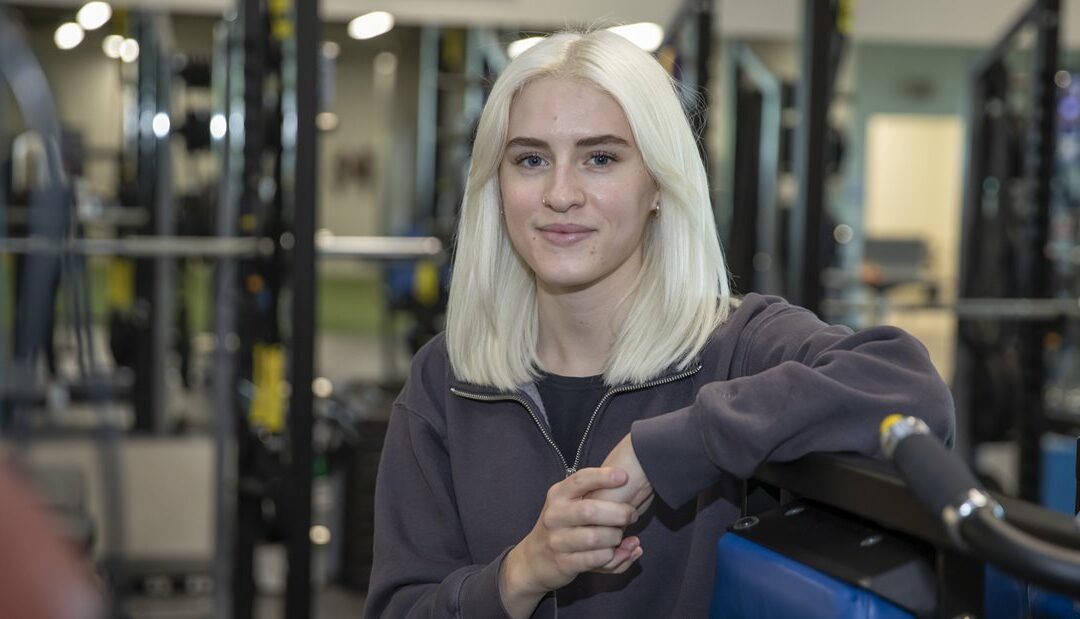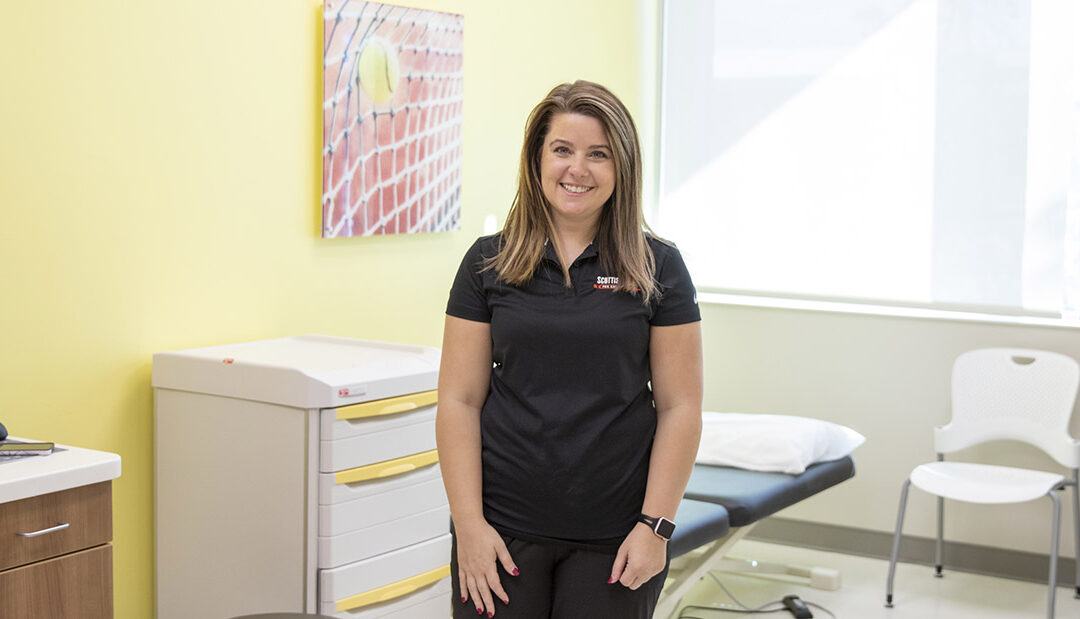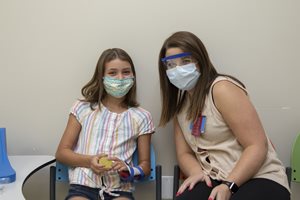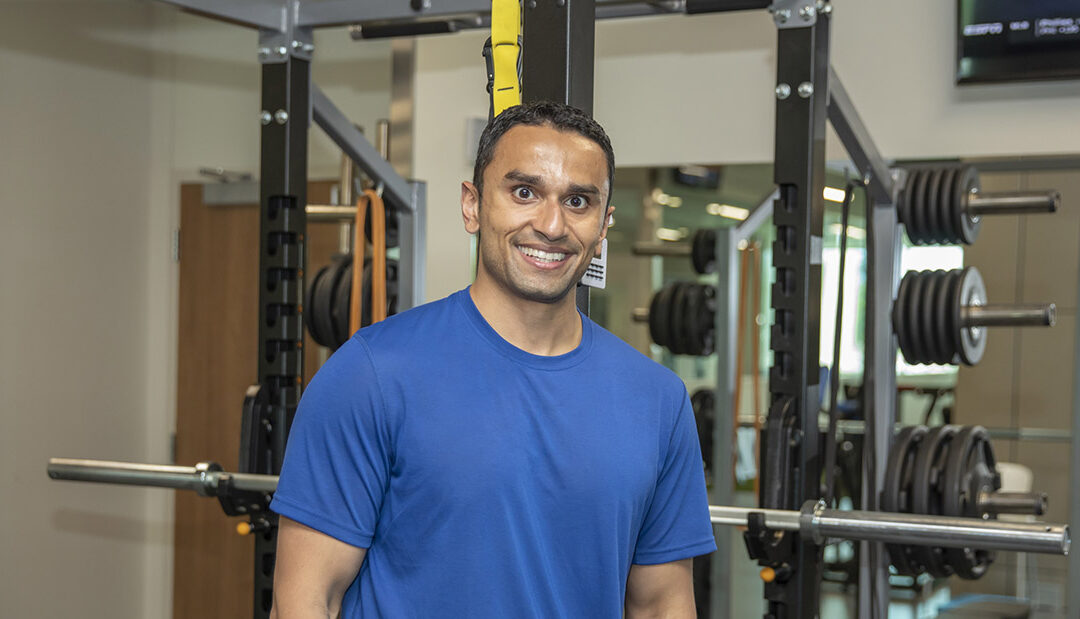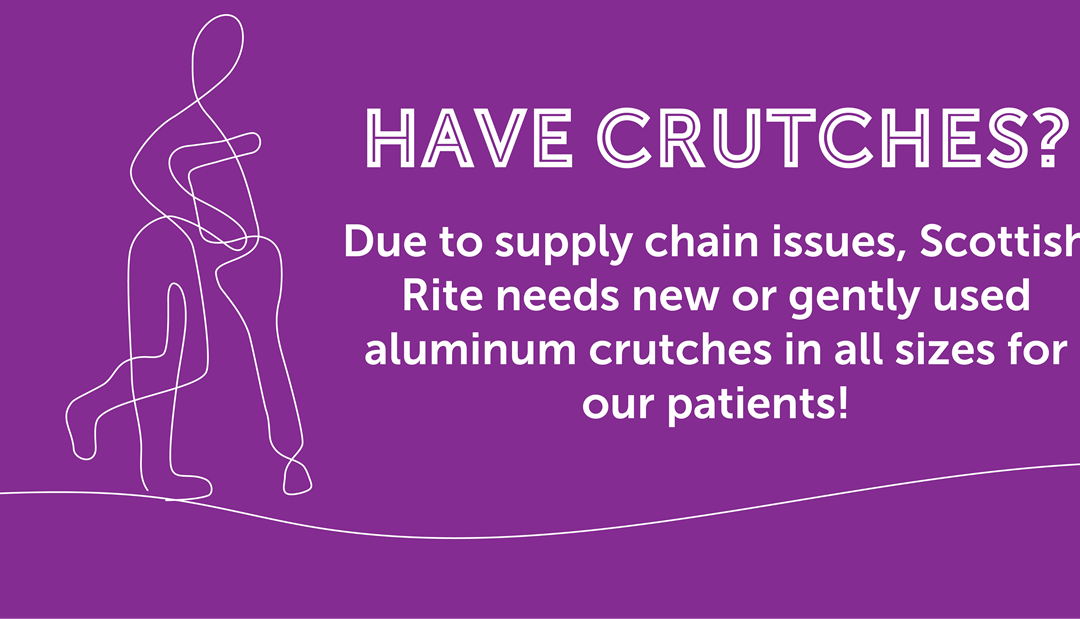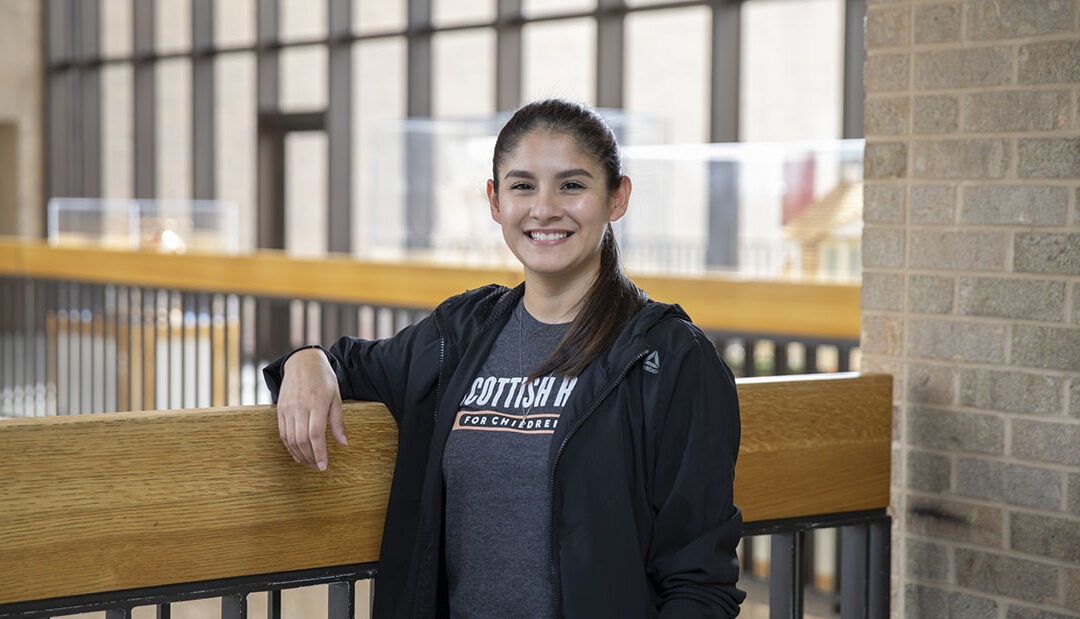Strength and Conditioning Training: It Is Not Just About Getting Strong
What is strength and conditioning?
Strength and conditioning may better be referred to as “physical preparation.” An athlete needs to be physically capable of accomplishing the goals set by the coach to compete in the game. Benefits of strength training go beyond just getting an athlete bigger, stronger and faster. Proper training improves an athlete’s resiliency and confidence in their performance as well. Though preventing injuries may not be directly related to movement and strength training, there are studies that suggest that overuse injuries may be reduced by as much as one-half with appropriate training.
- At a developmentally appropriate level.
- At a physically appropriate level.
- Receiving proper instruction and supervision.
- In a setting with equipment that is appropriate for both the athlete and the sport.
-LR.jpg?width=600&height=378)
What is training age?
An athlete’s training age may vary across skills or activity. The “training age” is typically much lower than the chronological age. A soccer player may have started playing soccer at age 4 but didn’t start resistance training until age 12. Therefore, that athlete should not begin a strength and condition program at the level of an athlete with five years of resistance training who may be lifting weights and using other forms of resistance.
How should goals be set for a young athlete?
The goals of the program should also be individualized and progress should be tracked. Measures for strength, power, endurance and speed are commonly used. More importantly, an assessment of movement quality should be integrated in the progression. Proper form in fundamental movements should always precede increased resistance or other challenging elements of an exercise.
Younger athletes should learn that “bulking up” is not an appropriate goal for them. These changes will not occur until developmental stages where hormones are present to create those visual changes. What is more likely to occur with movement and strength training in this population are neurological changes that lead to improved neuromuscular control, which is believed to reduce the risk of knee and ankle injuries common in young athletes.
What happens after an injury?
After proper diagnosis, a transition to a supervised strength and conditioning program is ideal only after treatment and rehabilitation for a musculoskeletal injury. An athlete often completes formal physical or occupational therapy before they are ready to return to sport. Therefore, a continued progression of sport-related and other activities help the athlete to complete recovery and prepare for realistic sport environments. Complex movements and distractions that are common during competitions can be integrated into training sessions where variables are controlled.
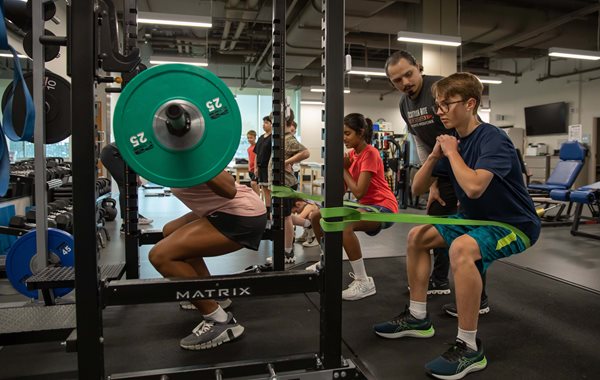
In a recent program for medical professionals, strength and conditioning coach Justin Haser, M.S., CSCS, and physical therapist Daniel Stokes, P.T., D.P.T., CSCS., explained how strength and conditioning is integrated in the continuum of care for healthy and injured athletes. Watch now on YouTube.

